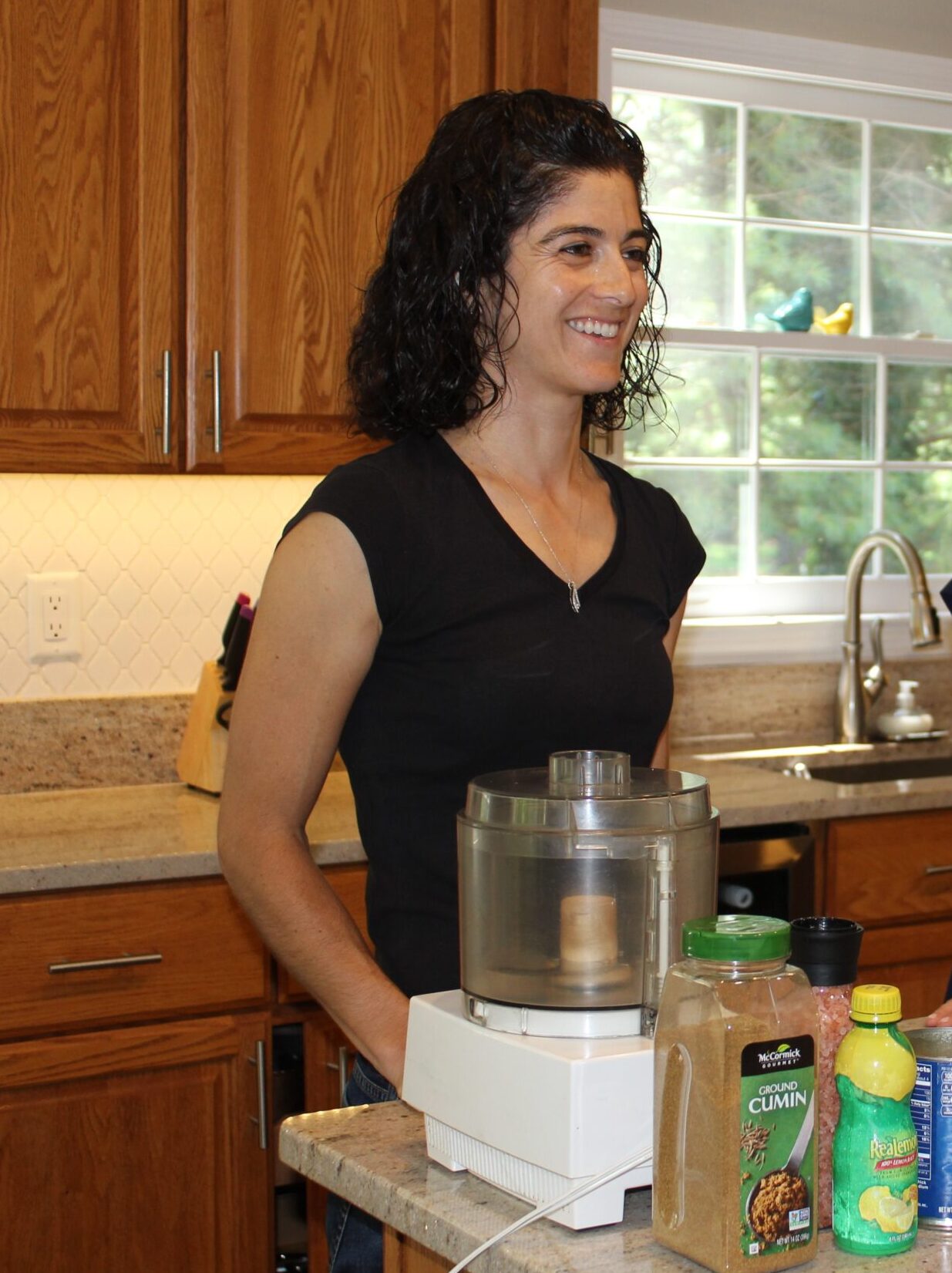“Lots of people tell me that they know how to read a label and that they make sure to eat low XX, and avoid XX. But what they are looking for isn’t necessarily useful or helpful information when trying to manage your health.
There is a lot of information on a food label, all of which is mandated by the government to be there. Let’s go through some of the information so that you can see and understand what is the most important.”
Comparing Ingredient Lists

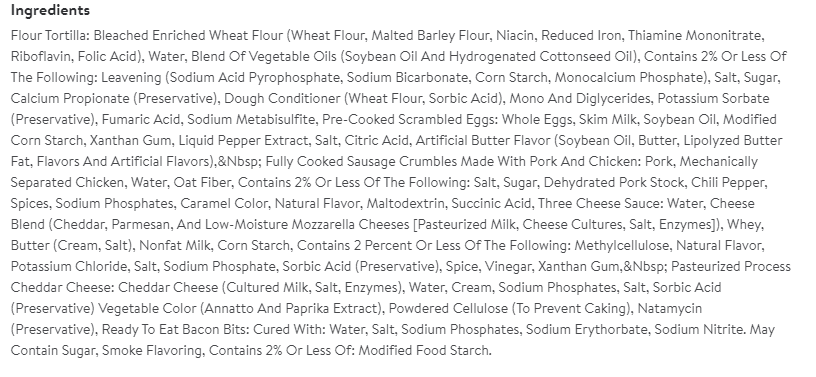
“I have two examples here of frozen burritos. It might be a hard decision to make in the store as the numbers on the label are very close. Take a look at the ingredient lists though.
One has just three lines of ingredients all of which you can pronounce and could for the most part find in nature.
The other has dozens of ingredients, many of which are chemicals.”
Let’s Compare Nutrition Labels


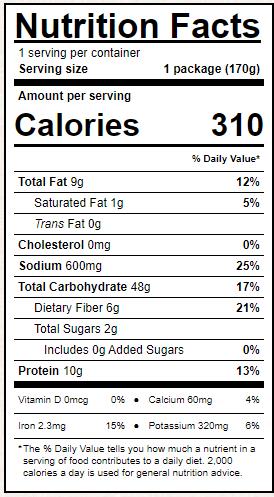

What to Avoid?
“As for the numbers themselves, there are a few things to think about or forget about. The couple things I want you to think about are the sodium content and the trans fat.”
Trans Fats
“Trans fats are terrible for you, and thanks to the media I think everyone has probably been alerted to that already. Try to only consume things that have zero grams of trans fat, but if you are in a pinch, do your body a favor and at least stay below 2 grams.”
Sodium
“Sodium is another thing to watch and be careful of because it can lead to high blood pressure which can spiral you down the rabbit hole of health conditions. All packaged foods have an appreciable amount of sodium in them because that is how they preserve the items and keep them fresh.”
How to Determine the Correct Sodium Content?
“Let’s notice that one item has 600 mg sodium while the other one has 920 mg. It is no surprise that the one with more ingredients has more sodium. Typically, each one of those added ingredients will already have sodium added to it so when all those ingredients are mixed together that exponentially brings up the total. The USDA recommends that adults can have 2300 mg of sodium/day, although an ideal target would be much lower at 1500 mg/day. Remember that sodium is in ALL things you consume, including water. On average, people in the U.S. get upwards of 3400 mg/day once you add up all the sources. So just be cognoscente of the packaged items and try to stay away from ones that contain more than 30% of your daily needs in one item.”
What Not to Worry About?
Total Fat Content
“Total Fat Content has been a trigger for dieters for years. The problem is, if you decrease your fat intake down to nothing, you crave more sugar. The fat helps to keep you full longer, and so getting rid of it actually creates more issues with hunger and cravings.
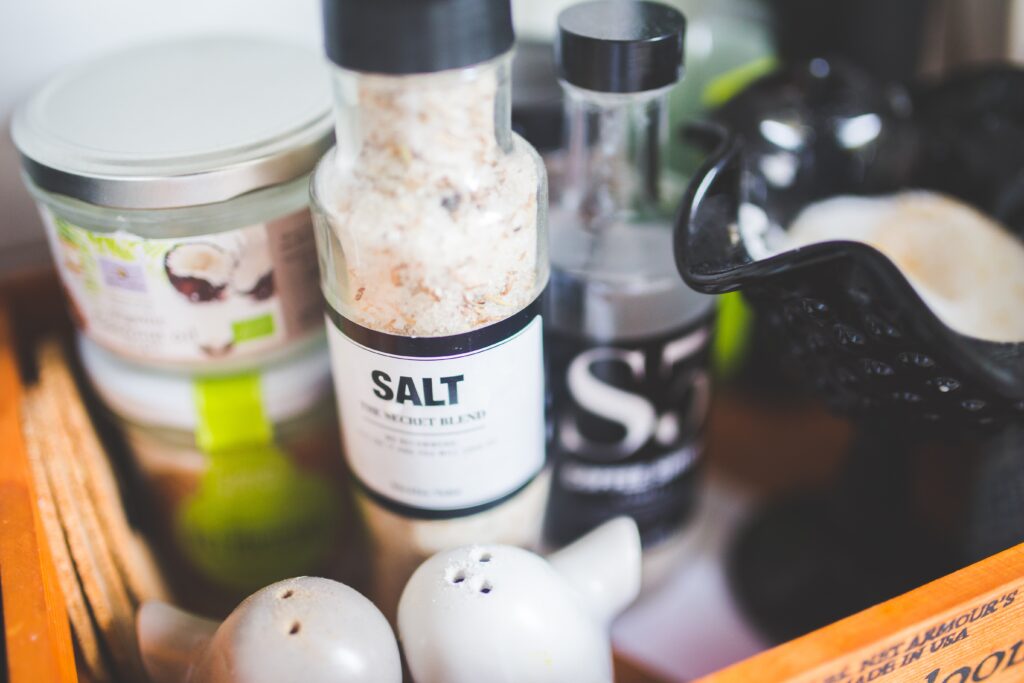
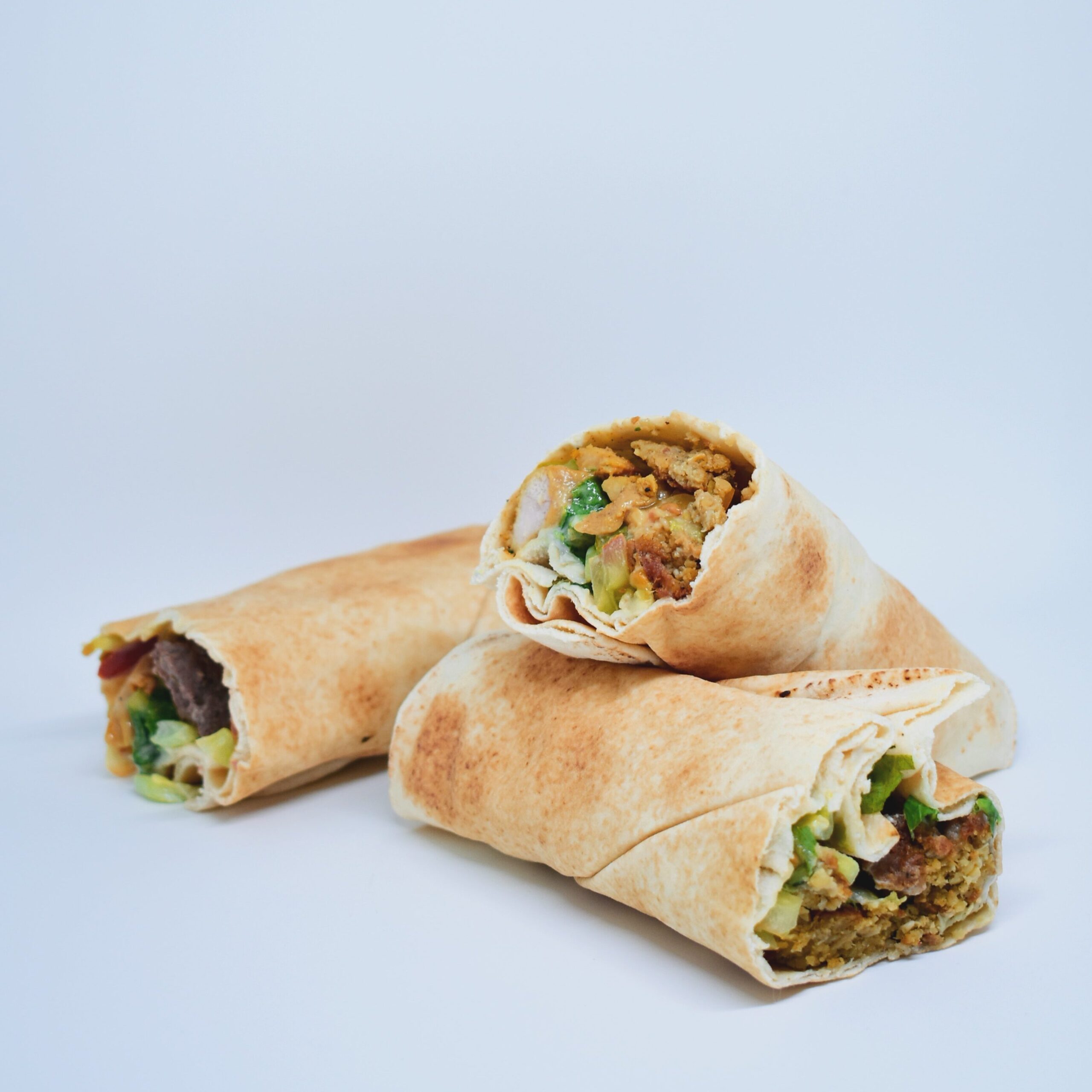
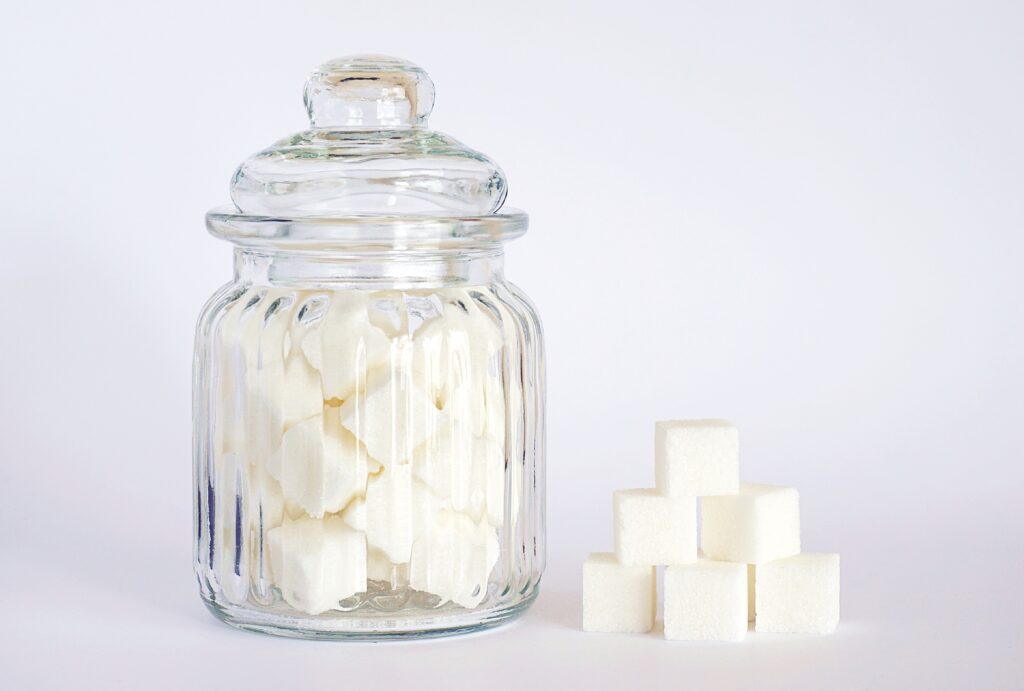
If the total fat in the item comes mostly from monounsaturated and polyunsaturated fat instead of from saturated fat, then go for it even if the total fat seems high. The unsaturated fats are actually protective to your health so don’t shy away from them.”
Fiber
“Fiber is also very important and helps to slow your digestion, keeping you full longer. The more fiber something has in it typically (there are a few exceptions) the less processed the ingredients are. Try to find items with a minimum of 5 grams of fiber.
**Note anything that is ALL PROTEIN (i.e. flesh of a creature) will have zero fiber. Increasing your fiber intake will decrease hunger and also help to increase your gut health. Just like in the horses you care for, a healthy gut = healthy you!”
Breaking Down this Granola
“On this final label notice, there’s an extra line marked, ‘Includes 8g added sugars.’ This is a very important line that was added to labels in the last couple of years. Naturally occurring sugars in foods (think fruit, grains, veggies, etc.) are not an enemy. However, when a company adds in more sugar to increase the palatability or shelf stability of a product, this is a problem.
If the packaging doesn’t include the ‘added sugars’ line, remember to check the ingredients.
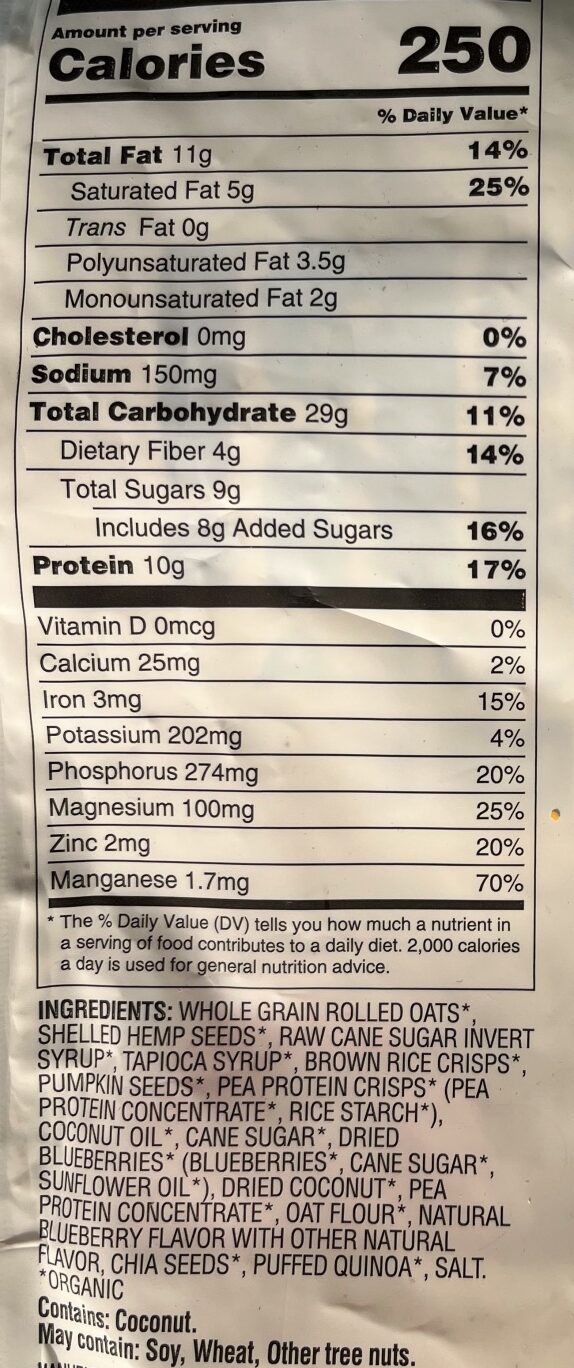
Sugar and Its Sexy Terms
The third ingredient of this granola item is ‘raw cane sugar invert syrup,’ which is an extra sexy term for sugar. It also contains ‘tapioca syrup’ and plain old ‘cane sugar’ (but don’t worry; it’s OK because it’s organic? NOTTTT!!). So this item has more sugar added to it than it contains naturally. This is something you would like to be aware of. If the numbers were reversed, and it was 8 grams of sugar and 1 gram of added sugar, this item would rank much higher up on the ‘buy me and enjoy’ list.”

